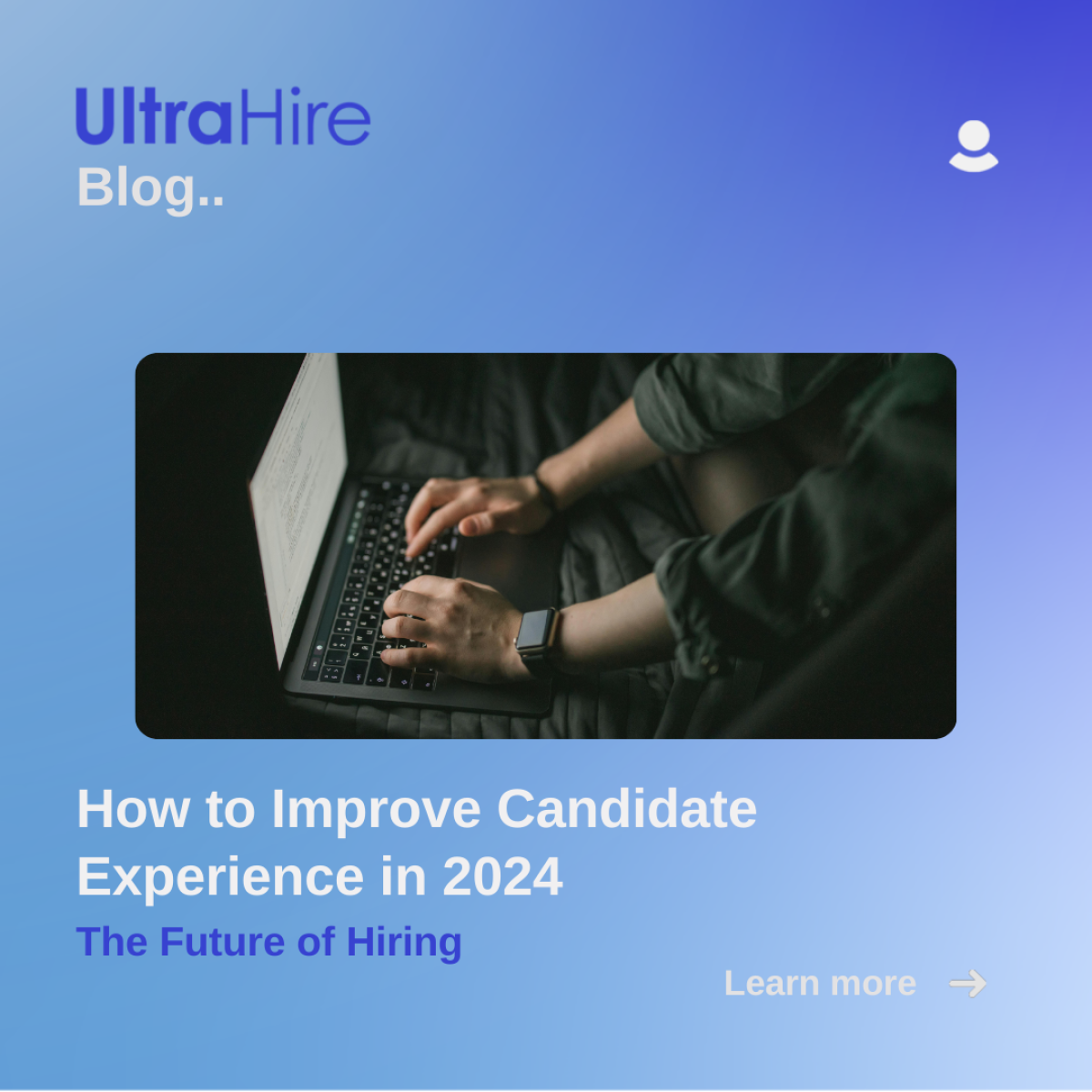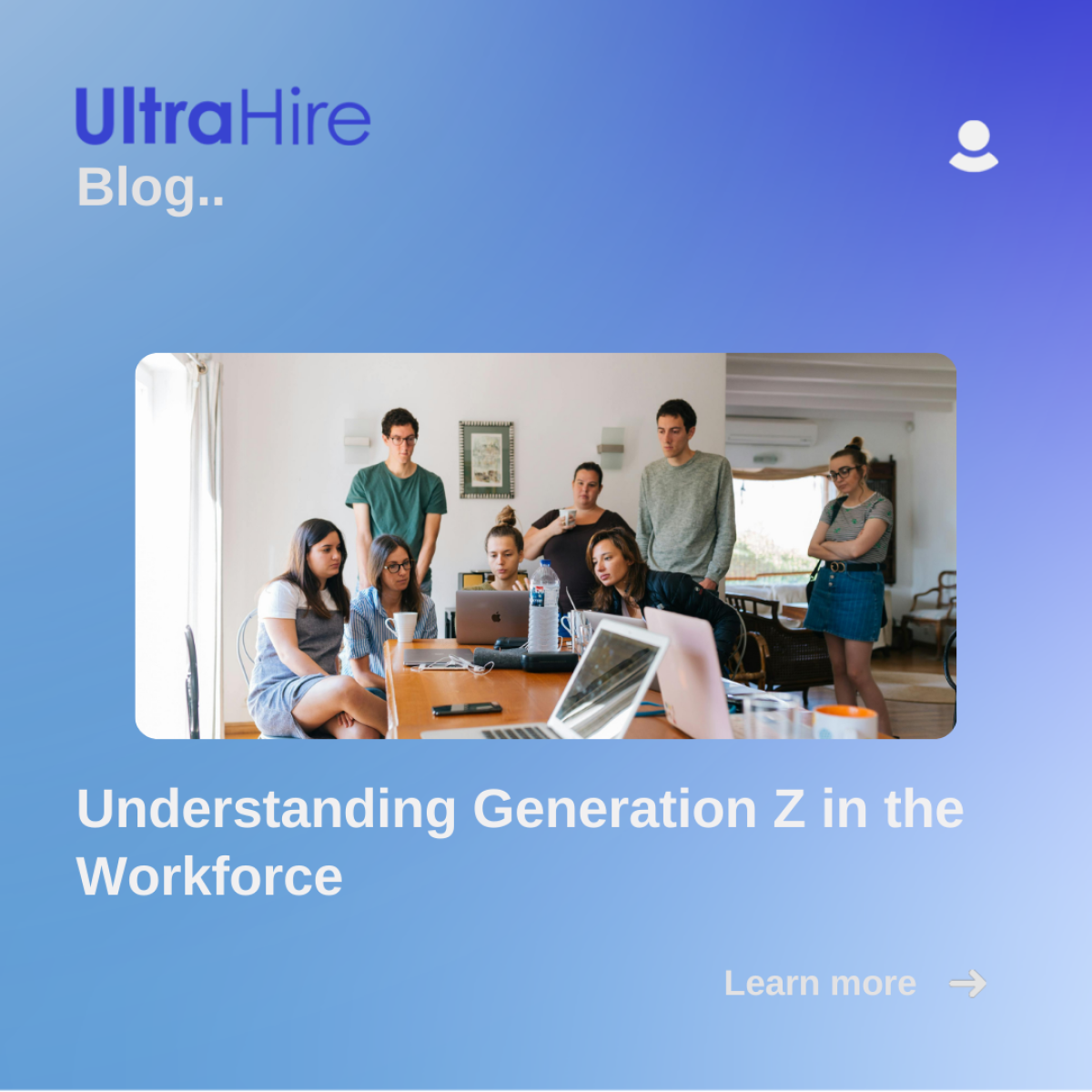The Current State of Recruitment



The recruitment industry is undergoing significant changes, driven by technological advancements, shifting workforce dynamics, and evolving business needs. However, despite these developments, recruiters and HR professionals continue to face persistent challenges, particularly in managing the high costs and time-consuming nature of traditional hiring processes. In this blog, we will analyze the current state of recruitment, highlighting the major pain points and exploring how technology is offering solutions to these challenges.
Overview of the Current Recruitment Landscape
In today's competitive job market, organizations are under immense pressure to attract, hire, and retain top talent. The recruitment landscape is characterized by a constant struggle to balance quality and efficiency. Companies are increasingly looking for ways to streamline their hiring processes while ensuring they select the best candidates for their needs. However, this balance is often hard to achieve due to several inherent challenges in traditional recruitment methods.
Statistical Analysis of Recruitment Costs and Time:
Recruitment Costs
Recruitment is a costly endeavor. According to a study by the Society for Human Resource Management (SHRM), the average cost per hire in the United States is approximately $4,129. This figure includes expenses such as job postings, recruitment agency fees, background checks, and the time spent by HR staff on hiring activities. For higher-level positions, these costs can be significantly higher.
Furthermore, a report by the National Association of Colleges and Employers (NACE) found that employers spend an average of $7,645 per hire for new college graduates. These expenses add up quickly, especially for organizations with high turnover rates or those in competitive industries where attracting top talent is critical.
Time to Fill Positions
The time it takes to fill a position is another critical metric in the recruitment process. According to Glassdoor, the average hiring process in the United States takes 23.8 days. For certain industries, such as tech and healthcare, this duration can extend to over 50 days. Prolonged hiring times can have several negative consequences, including lost productivity, increased workload for existing employees, and a higher risk of losing top candidates to competitors.
Pain Points Faced by Recruiters and HR Professionals:
High Costs
The high costs associated with recruitment are a major pain point for organizations. These costs can strain budgets, especially for small and medium-sized enterprises (SMEs) with limited financial resources. Moreover, the pressure to reduce costs can sometimes lead to compromises in the quality of hires, ultimately affecting the organization’s performance and culture.
Time-Consuming Processes
Traditional recruitment methods involve several time-consuming steps, from crafting job descriptions and posting ads to screening resumes and conducting multiple rounds of interviews. This lengthy process not only delays the filling of critical roles but also increases the workload on HR teams, who must manage these tasks alongside their other responsibilities.
Inefficient Screening and Assessment
Manual screening of resumes is not only time-consuming but also prone to errors and biases. HR professionals often spend a significant amount of time sifting through resumes, many of which do not meet the job requirements. Additionally, traditional assessment methods may not provide a comprehensive evaluation of a candidate’s skills and fit for the role, leading to suboptimal hiring decisions.
Candidate Experience
A poor candidate experience can deter top talent from joining an organization. Long wait times, lack of communication, and impersonal interactions can leave candidates with a negative impression of the company. In a competitive job market, ensuring a positive candidate experience is crucial for attracting and retaining the best talent.
How Technology is Addressing These Challenges:
AI-Powered Recruitment Tools
Artificial intelligence (AI) is revolutionizing recruitment by automating time-consuming tasks and improving the accuracy of candidate screening. AI-powered tools can quickly analyze resumes, match candidates to job descriptions, and even conduct initial interviews through chatbots. This not only speeds up the hiring process but also reduces the likelihood of bias and errors.
Applicant Tracking Systems (ATS)
Applicant Tracking Systems (ATS) streamline the recruitment process by centralizing all candidate information in one platform. ATS solutions automate job postings, resume screening, and interview scheduling, allowing HR teams to manage their workflows more efficiently. This reduces the time to fill positions and helps organizations stay organized throughout the hiring process.
Video Interviews
Video interviews are becoming increasingly popular as a way to conduct initial screenings and even final interviews. This technology allows recruiters to evaluate candidates’ communication skills and cultural fit without the need for in-person meetings. Video interviews save time and resources, especially for companies hiring remote workers or candidates from different geographical locations.
Predictive Analytics
Predictive analytics uses historical data and machine learning algorithms to forecast future hiring needs and candidate success. By analyzing patterns and trends, predictive analytics can help recruiters identify the best candidates and anticipate workforce requirements. This proactive approach enables organizations to make data-driven hiring decisions and improve their overall recruitment strategy.
Enhancing Candidate Experience
Technology also plays a crucial role in enhancing the candidate experience. Automated communication tools keep candidates informed about their application status, reducing anxiety and uncertainty. Virtual reality (VR) and augmented reality (AR) are being used to create immersive experiences, such as virtual office tours and realistic job previews, providing candidates with a better understanding of the company culture and job requirements.
The current state of recruitment is marked by significant challenges, particularly in terms of cost and time. However, technology is paving the way for more efficient, effective, and candidate-friendly recruitment processes. By harnessing the power of AI, applicant tracking systems, video interviews, predictive analytics, and other technological advancements, organizations can overcome these challenges and achieve their hiring goals. As the recruitment landscape continues to evolve, staying ahead of the curve with innovative solutions will be key to attracting and retaining top talent in an increasingly competitive job market. Contact us now or book a demo and learn more about our services that will help you take your recruitment to the next level.
Keywords
Recruitment challenges Recruitment costs Time-consuming recruitment HR industry Recruitment landscape Technology in recruitment AI in hiring Predictive analytics in recruitment Recruitment efficiency Talent acquisition solutions









